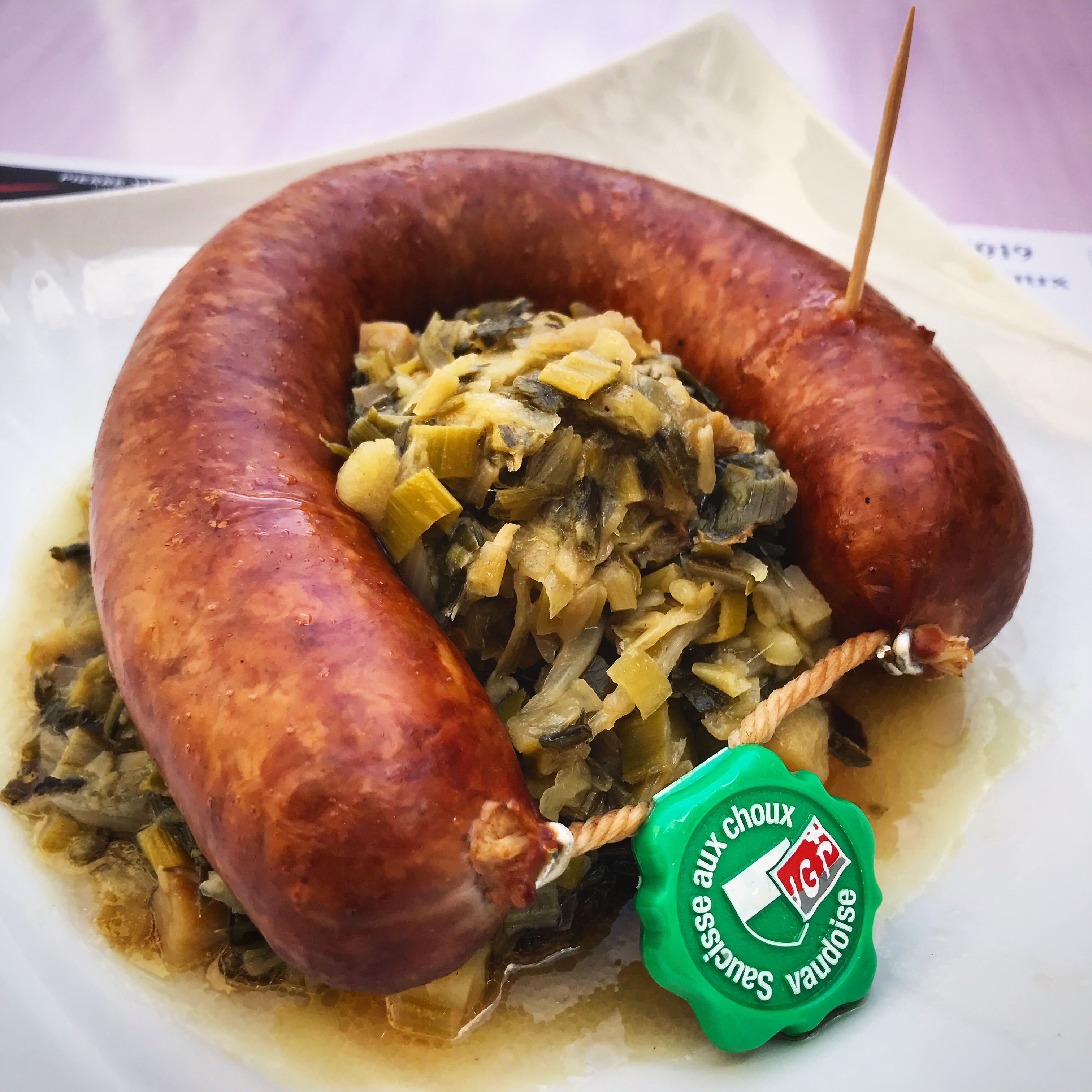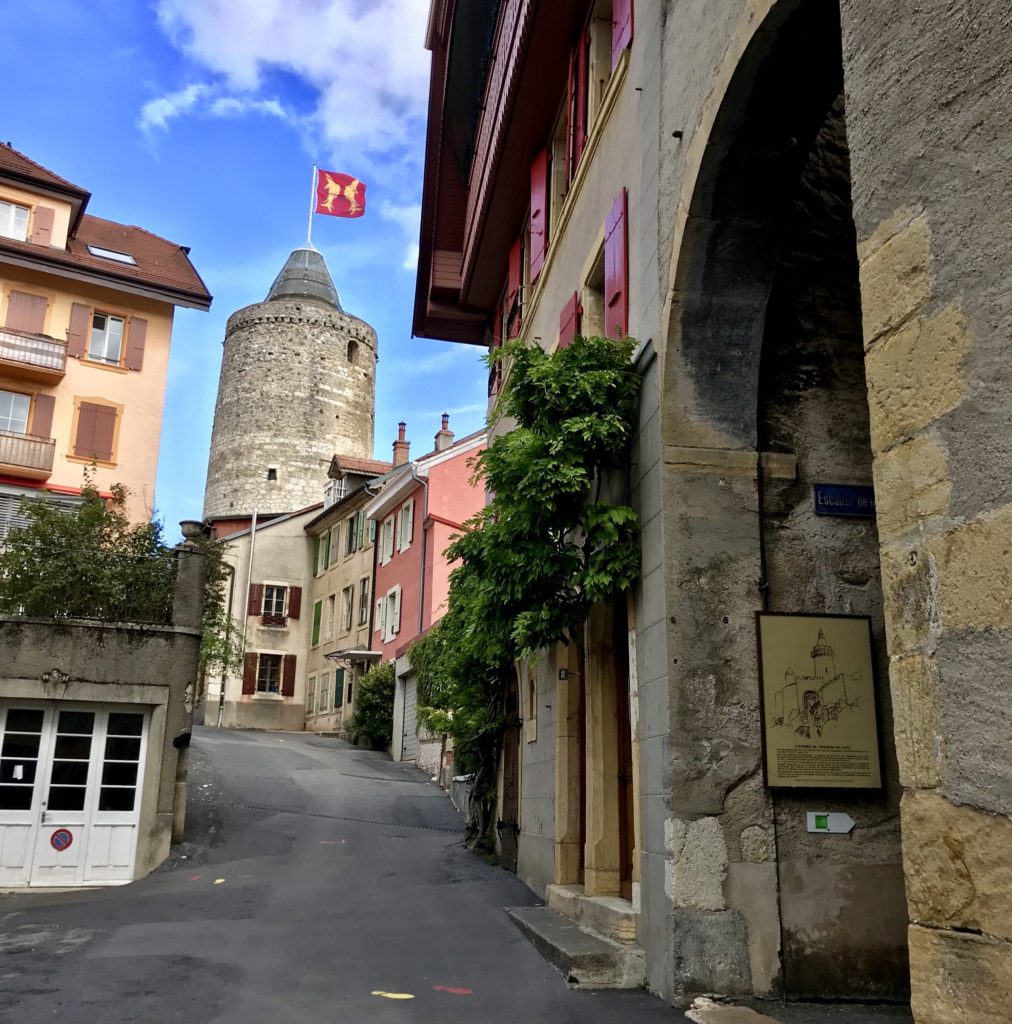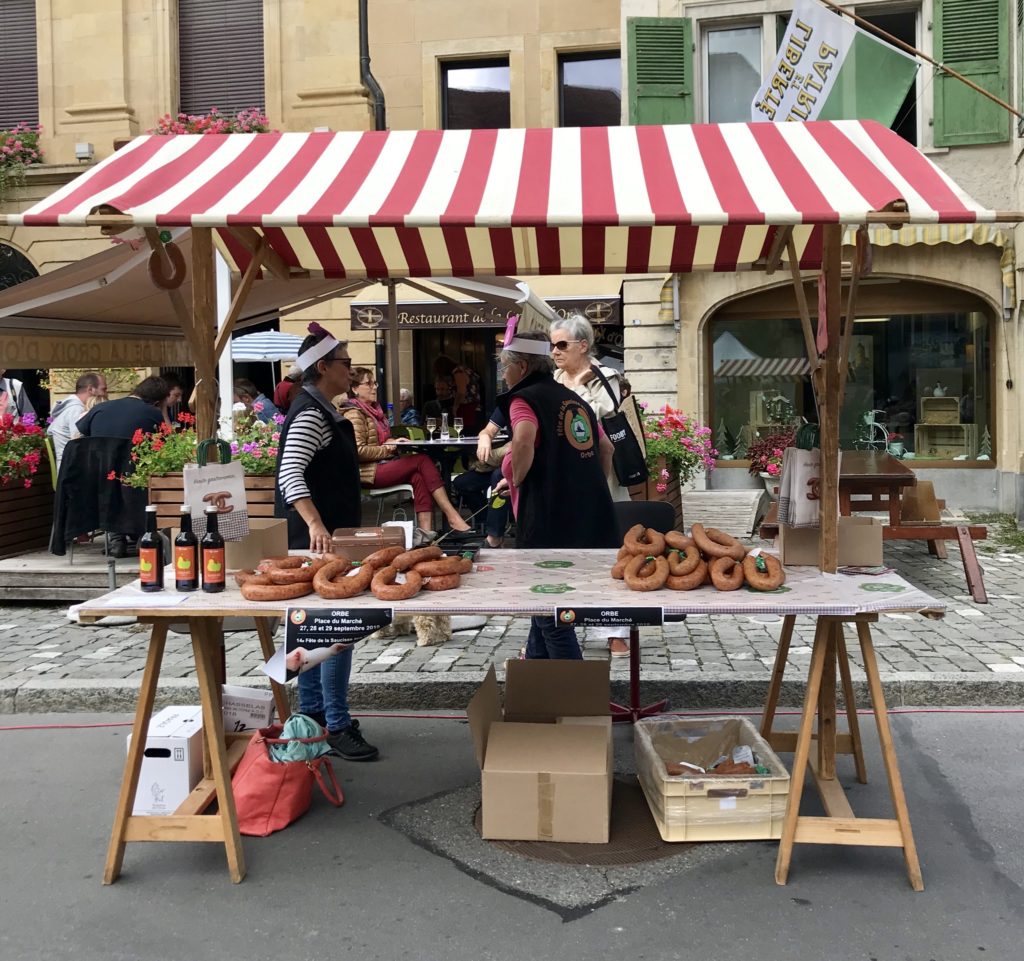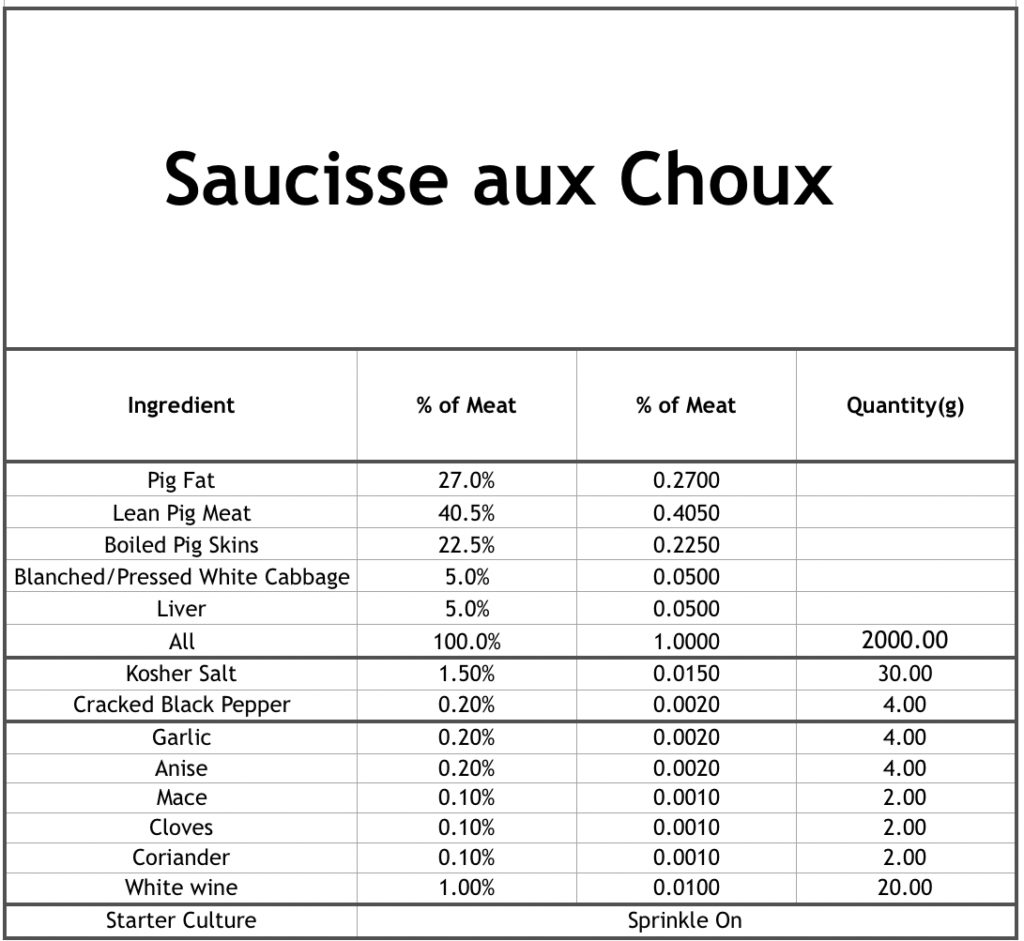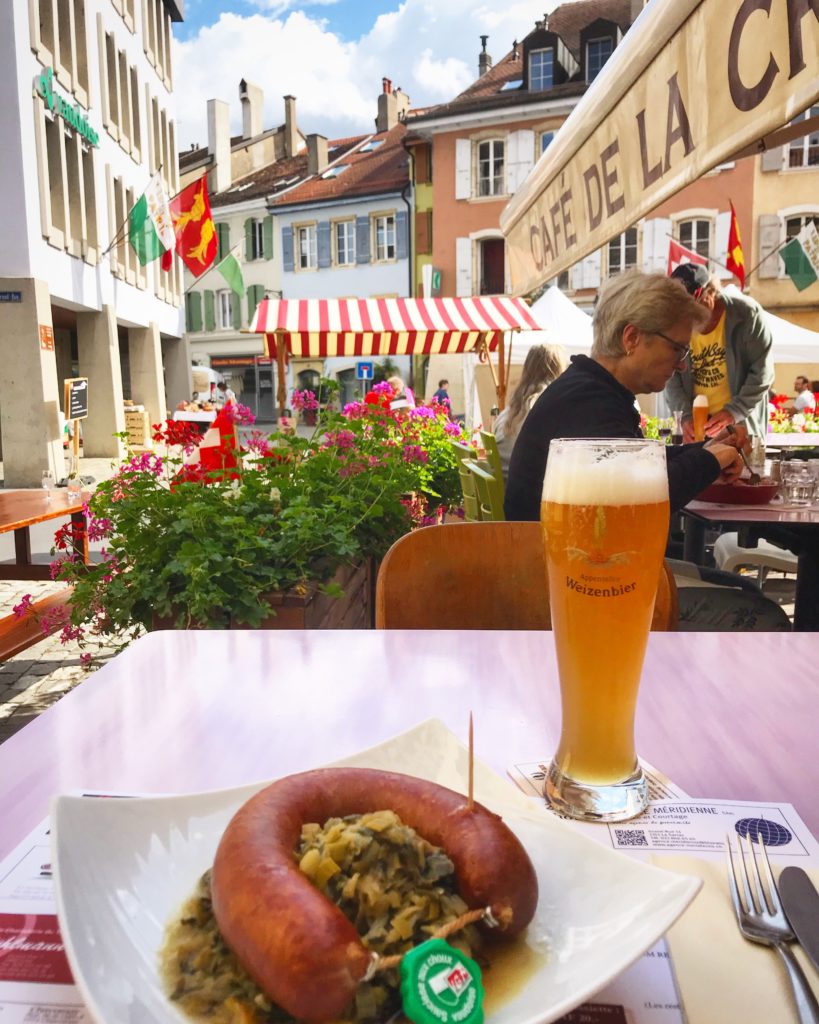Name: St Galler Bratwurst aka St Galler Kalbsbratwurst aka OLMA Bratwurst
Region: St. Gallen/Appenzell

History:
First and foremost, the most vital thing to know about the St. Galler Bratwurst is that you do NOT eat it with mustard. Seriously, don’t. I did a lot of research about this one, and it appears as though this is one of the worst things that you could do to the heart of a person from St. Gallen. Seriously, google “bratwurst mit senf St. Gallen”, and you won’t be disappointed by gems such as this video. Requesting the St. Galler Bratwurst with mustard seems to be the eastern Switzerland version of asking for pineapple on pizza in Italy; there is no more sure fire way to offend your host and assure them you are a person of low culinary (and most likely therefore also moral) standards.
Whew. Now that we’ve gotten that important bit out of the way, we can focus on what makes the St. Galler Bratwurst so special. Growing up, my favorite of all the Bratwurst was always the veal-based weisswurst that we got from the local German butcher. When I started to explore the world of these white veal-based sausages, I began to realize that they were as unique as the regions they came from, and simply calling them all weisswurst would not do. I started to do some research into them, learning about the percentages of the main ingredients and the spices that were used. After some time doing this, I now feel prepared to make the controversial statement that the St. Galler Bratwurst is my favorite out of all of the ones that I have tried. Bold, I know. But seriously, try it.
The St. Galler Bratwurst is a white sausage that is usually made of both veal and pork, with the veal consisting of at least 50% of the meat proportion, and with the addition of skim cow’s milk accounting for around 1/3 of the entire mixture. Since whole fat milk is a luxury and has been traditionally used to make butter, the left over low fat milk was used for other purposes such as sausage making. Historically from the region of eastern Switzerland, there are written sources that talk about the St. Gallen Bratwurst that go back to the 14th century; although interestingly, the original were made with pure pork and no veal was added. By the 15th century, the St. Gallen Butcher’s Guild had laid out the requirements for making the Bratwurst that form the basis for what is still used today. These laid out the use of pork and veal (the young cattle being necessary for its tender meat), spices, the percentage of fat used, and the addition of fresh cow’s milk. If you are interested in reading it for yourself, the requirements are listed as follows:
“Die Satzung der St. Galler Metzgerzunft aus dem Jahr 1438 hält erste Grundsteine zu Rezept und Qualität der St. Galler Bratwurst fest: “Item die Bratwürst söllend sy machen von schwinignenn Braten, unnd darunter hacken gut Kalbelen und jung Ochsen mit Kalber Zenen. Unnd namlich under drü Pfund Bratten ain Pfund Speck tun unnd nit minder. Si sonnd och kain Nieren, Hertz noch Halsflaisch darzu nehmen.”
“Item die Bratwürst soellend sy machen von schwininenn Braten unnd darunder hacken guot kalbelen unnd jung Ochsen mit Kalber Zenen unnd das am minsten umm dry Pfening geschetzt sye, unnd namlich unnder acht Pfund Praten ain Pfund Speck tuon unnd nit minder. Sy soellend och kain Nieren, Hertz noch Halsflaisch darin hacken. Sy soellend och kain Flaisch dartzuo nemen, es sye denn vor geschetzt. Wenn sy aber zuo Ziten, so sy des bedörffend, Kalbeln oder Ochsen Flaisch mitt Kalber Zenen nit finden moegend, so sollend sy kain annder Flaisch dann by der obristen Schatzung dartzuo nemen, ze Buosß an 10 ß von yedem Mal.”
How it’s made:
Meat: The St. Gallen Bratwurst is made using pork and veal, but the percentages can get a bit confusing. An easy way to think about it is that it is a 1:1 mixture of veal and pork, which is then 70% of the total mixture, with milk accounting for the other 30%. To get into the details, when thinking about the entire mixture the percentages are as follows (with allowances for variation between 2-6%): Veal Meat= 37%, Pork meat = 10%, Pork fat =26%, and Milk=27%. Up to 10% Schwartenblock, is allowed to be added as well. (Schwartenblock, also called skin-block, is made from boiling skins, grinding them, and emulsifying them with ice. The mixture is then refrigerated and allowed to form a very rubbery block. This is frequently used in German sausages to give them more juiciness. To read more about this, take a look at Charcutier, Salumiere, and Wurstmeister by Francois Vecchio.)
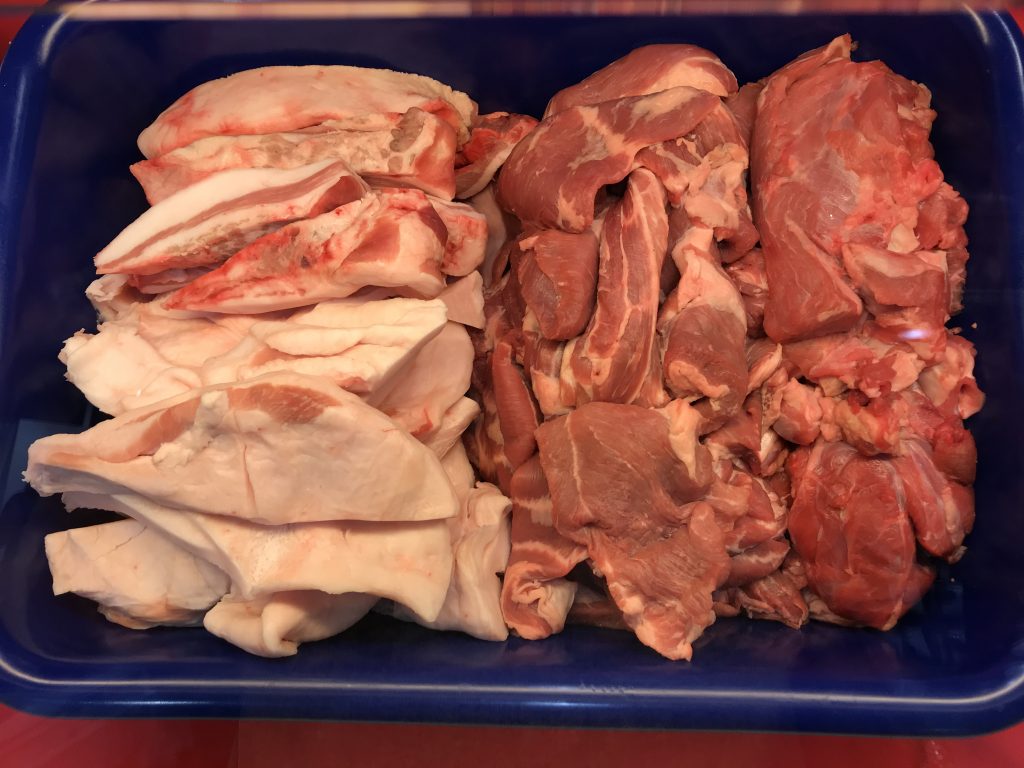
Spices: Salt (1.5-2.0%), white pepper, and mace. Optional Spices: Lemon, ginger, cardamom, nutmeg, onion, leeks, celery, parsnips, and coriander.
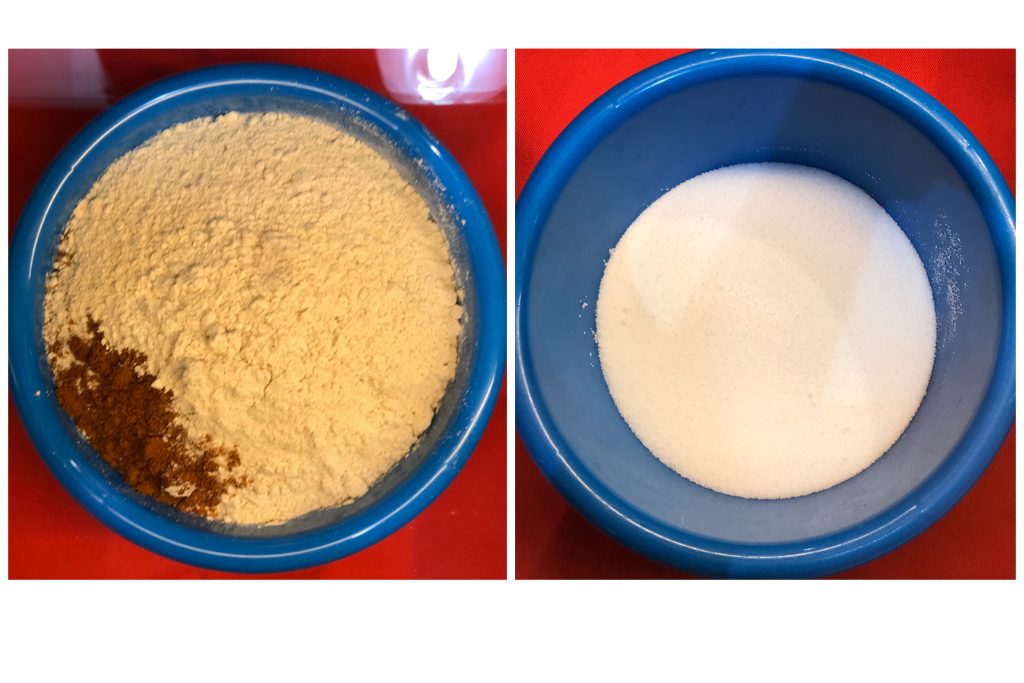
Processing: The meat is ground and then added to a bowl chopper in order to make an emulsion. At home, this can be done with a food processor. The milk is generally frozen into milk-ice chips, and slowly added into meat mixture as it is in the bowl chopper, in order to create a stable emulsion. The addition of the milk in the frozen form helps to keep the temperature down, which is an important part of the process. The fat is also ground, and then added into the bowl chopper. The spice cure is typically added in at this stage. Creating the emulsion properly can be difficult, and once obtained, needs to be carefully maintained. For more information on this, I encourage reading about emulsions and the chemistry behind this process here.
The emulsified mixture is then put into a stuffer, and stuffed into pig intestines with a diameter of 26-42mm. The final weight varies between 100-300 grams, depending on which type of St. Galler Bratwurst is being made (ranging in size from small to large for the classic, the OLMA, and the Kinderfest versions).
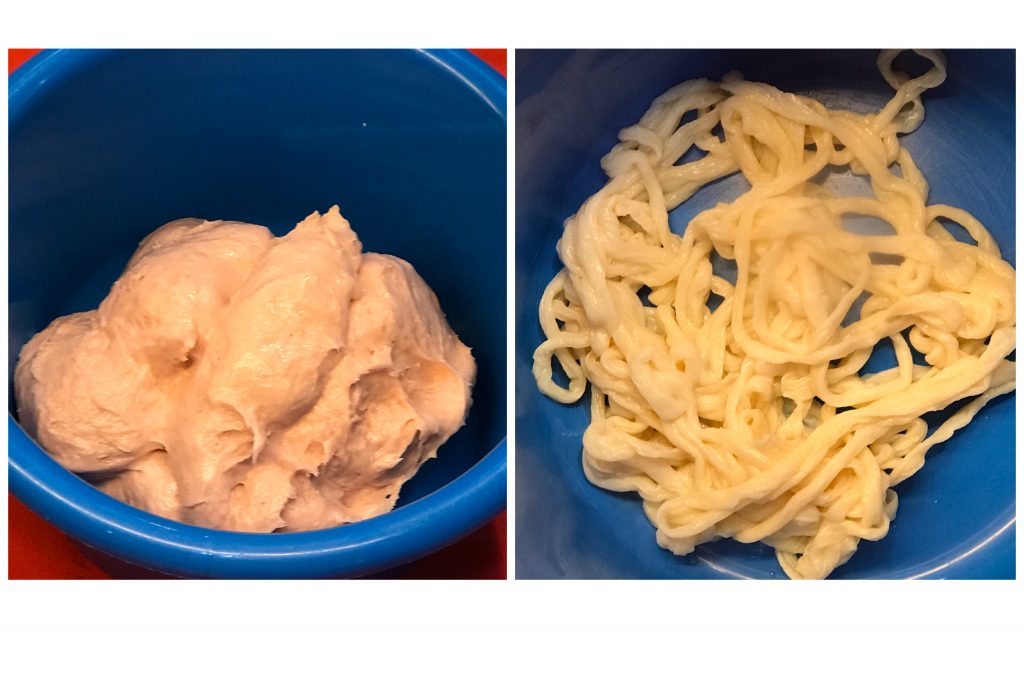
The Bratwurst are cooked in water that is below boiling, around 70 C, until they reach an internal temperature of 68C. Then, they are put directly into cold water to stop to cooking process. They should be bright and white in appearance, tender and homogeneous, with a well-rounded and mildly aromatic flavor, and a pleasant firm bite. In order to eat them, they are best cooked slowly over a charcoal fire for 10-20 minutes at 120-150C, allowed to get golden brown and crispy, but not black. If a fire isn’t possible, they can be cooked in a pan, however in order to maintain the juiciness of the Bratwurst, they should not be pre-cut, which would allow the moisture to escape during the cooking process. Instead, the natural break of the casing along the hull of the sausage indicates that the person cooking the Bratwurst knows what they are doing.
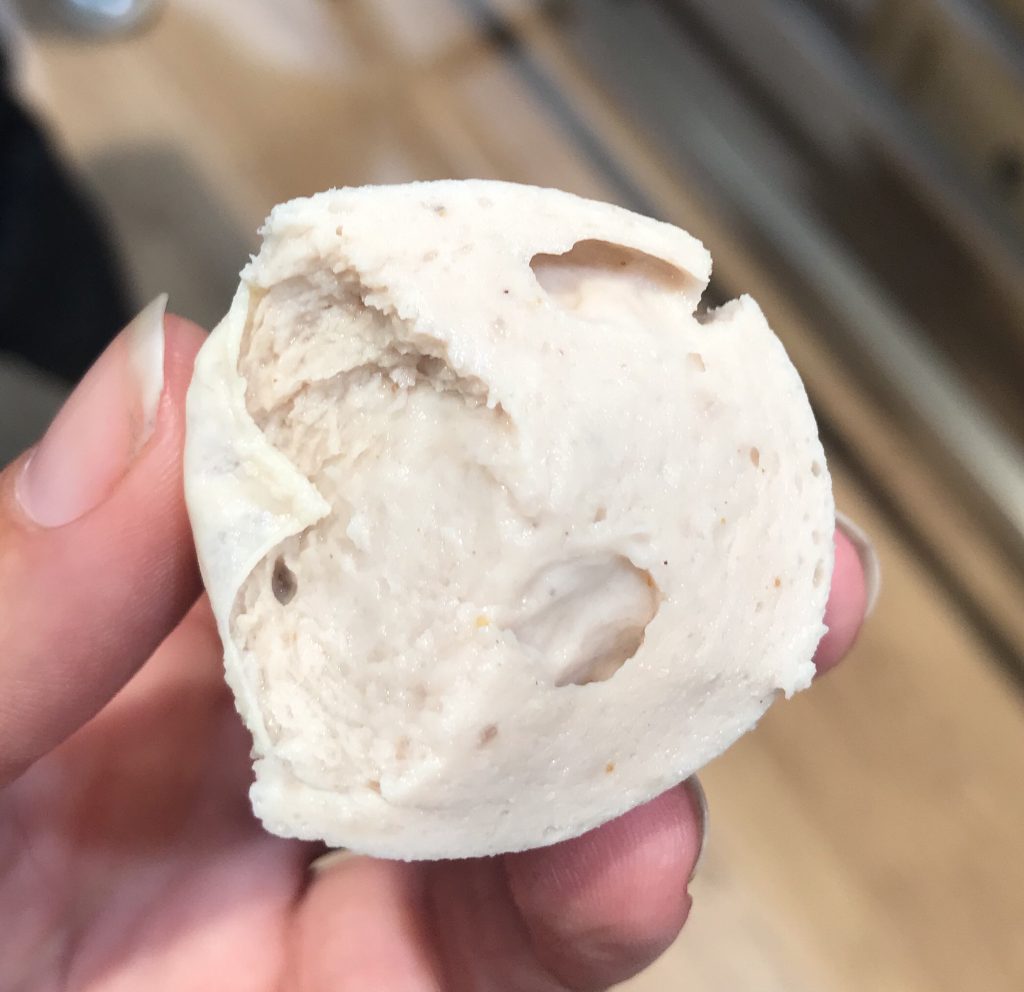
Timing: Like most cured meat products, this one is made during the colder months, traditionally between September and April.
How it’s eaten:
The St. Galler Bratwurst is traditionally eaten after being grilled over a fire, and served with a traditional bread called a Burli. Again, never with mustard unless you are safely inside your own home and vow never to speak of it.
How I learnt about it:
I had the great opportunity to attend the OLMA festival this year in St. Gallen. It is the most well-known agricultural festival in Switzerland, with over 300,000 visitors every year. It has a pig race, a parade, and tons and tons of great local food. I was able to try the OLMA bratwurst here, while I have been able to enjoy the regular St Galler Kalbsbratwurst on a normal day in Switzerland. If you have the opportunity to make it to OLMA, I suggest you don’t miss it.

Video:
Watch a video of it being made by the experts here.
The DIY
Coming soon.
Sources:
